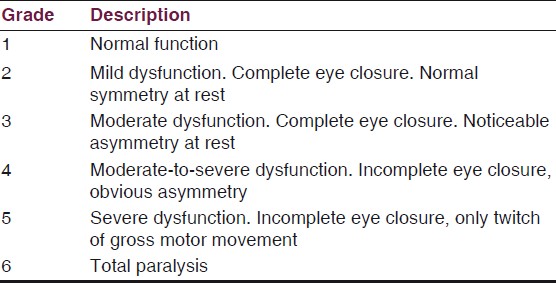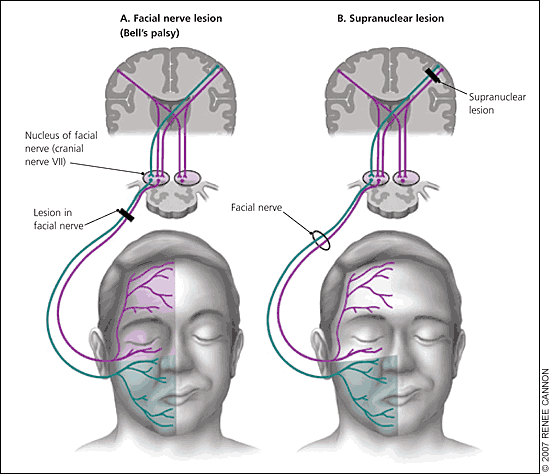Nasal fracture is a common ED presentation. Very often, its management primarily involves only simple reassurance and arranging timely follow up.
The nasal pyramid is formed by two rectangular-shaped bones that articulate with the frontal bone, the frontal process of the maxilla, and the perpendicular plate of the ethmoid. A large proportion of the structural integrity is maintained by a cartilaginous framework of the nasal septum, lateral processes, and medial and lateral crura of the alar cartilages.
Examination
Look for bony crepitus, deformity, and edema
Profuse epistaxis suggests nasal fracture.
Nasal bone mobility is checked by grasping the dorsum of the nose between the thumb and index finger and attempting to rock the nasal pyramid back and forth.
Perform anterior rhinoscopy after applying topical vasoconstrictors and evacuation of clots
Important examnation findings:
Look for bony crepitus, deformity, and edema
Profuse epistaxis suggests nasal fracture.
Nasal bone mobility is checked by grasping the dorsum of the nose between the thumb and index finger and attempting to rock the nasal pyramid back and forth.
Perform anterior rhinoscopy after applying topical vasoconstrictors and evacuation of clots
Important examnation findings:
- Septal Hematoma
Failure to identify and treat a septal hematoma can result in a saddle deformity of the septum, which will require surgical repair. A septal hematoma is a blood-filled cavity between the cartilage and the supporting perichondrium. If left untreated, these pockets of blood easily become infected. The resulting necrosis of the underlying cartilaginous support may result in per- manent saddle nose deformity
- Mucosal lacerations
- Head/C Spine trauma
- Other facial bone injuries
- Extraocular movements, VA
- CSF leak
Nasal bone fracture is a clinical diagnosis. Radiologic confirmation of isolated nasal fracture is not required as results of plain films rarely change management. Most nasal fractures do not require immediate intervention and are managed at ENT follow-up within 7-10 days. In ED, ruling out siginificant head trauma is the prioroty in addition to looking for a septal hematoma. Nasal fractures with overlying lacerations are treated as open fractures. Here is a flow chart suggesting ED managemnt of Nasal Bone Fracture:
During ED visits, soft tisssue edema obscures adequate physical examination. Thus, it is recommended to go for an ENT consultation for elective closed reduction in about 7-10 days. Delayed presnetations may develop fibrous connective tissue along the fracture line and lead to worse cosmetic outcome require rhinoseptoplasty.
References:
- https://www.ncbi.nlm.nih.gov/pmc/articles/PMC2579544/pdf/523.pdf
- https://www.aafp.org/afp/2004/1001/p1315.pdf
Take Home:
ED Management of nasal fracture relies on ruling out other potential injuries (Head, C Spine, Face) and looking for local complications such as profuse bleeding and septal hematoma. Most injuries can be managed with reasuurance and pain relief and arranging an ENT follow up in a week.
Posted by:
Lakshay Chanana
Speciality Doctor
Northwick Park Hospital
Department of Emergency Medicine
England









